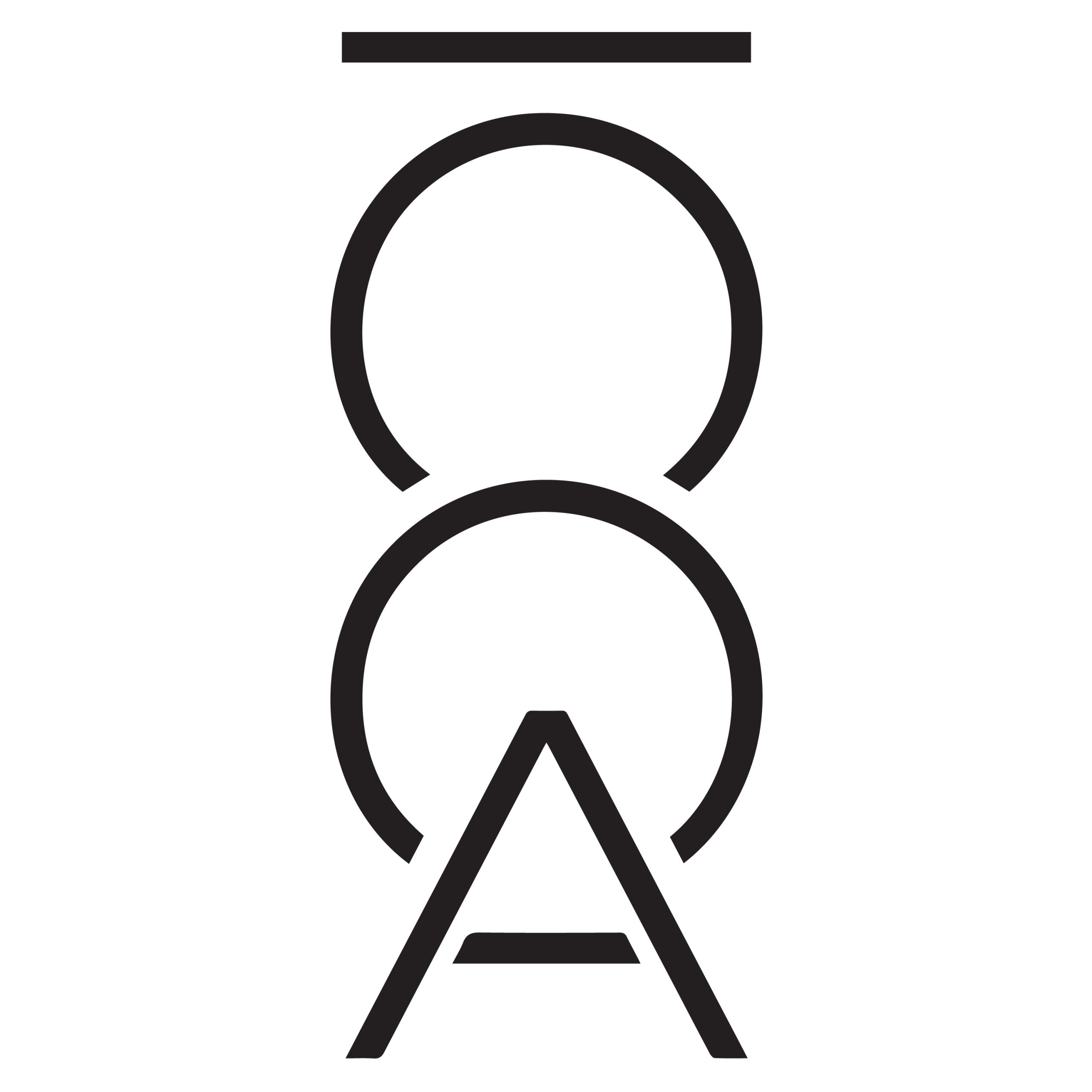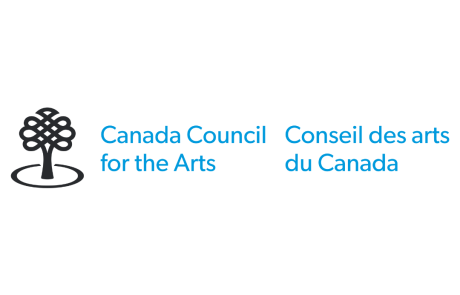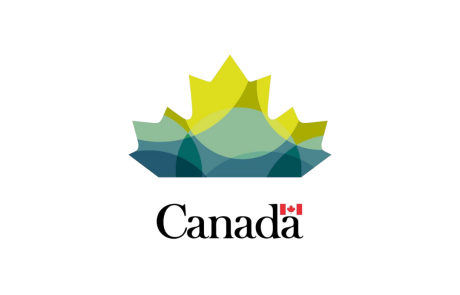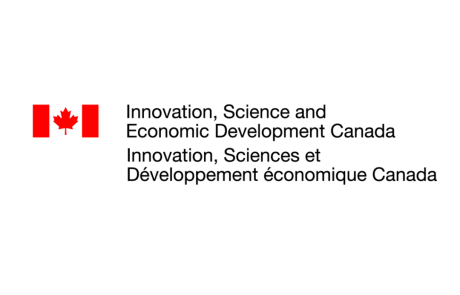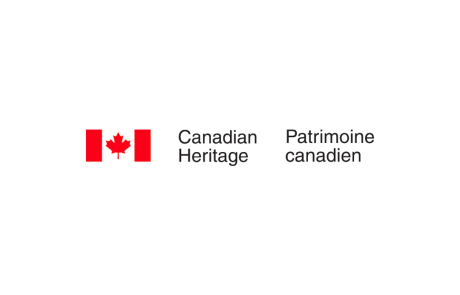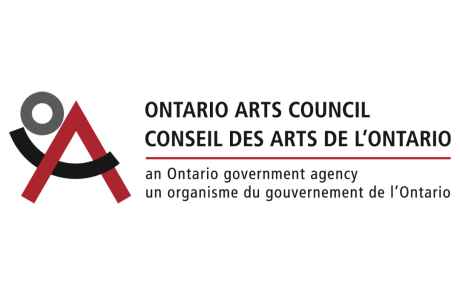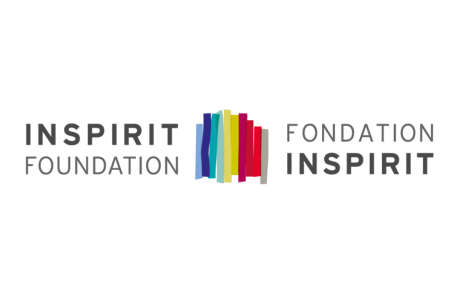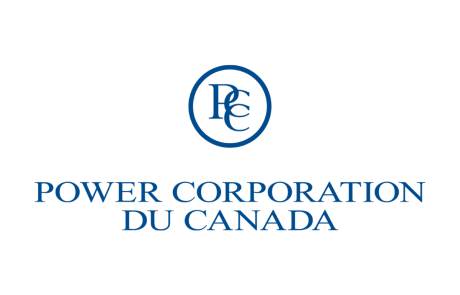Kingunilialuk
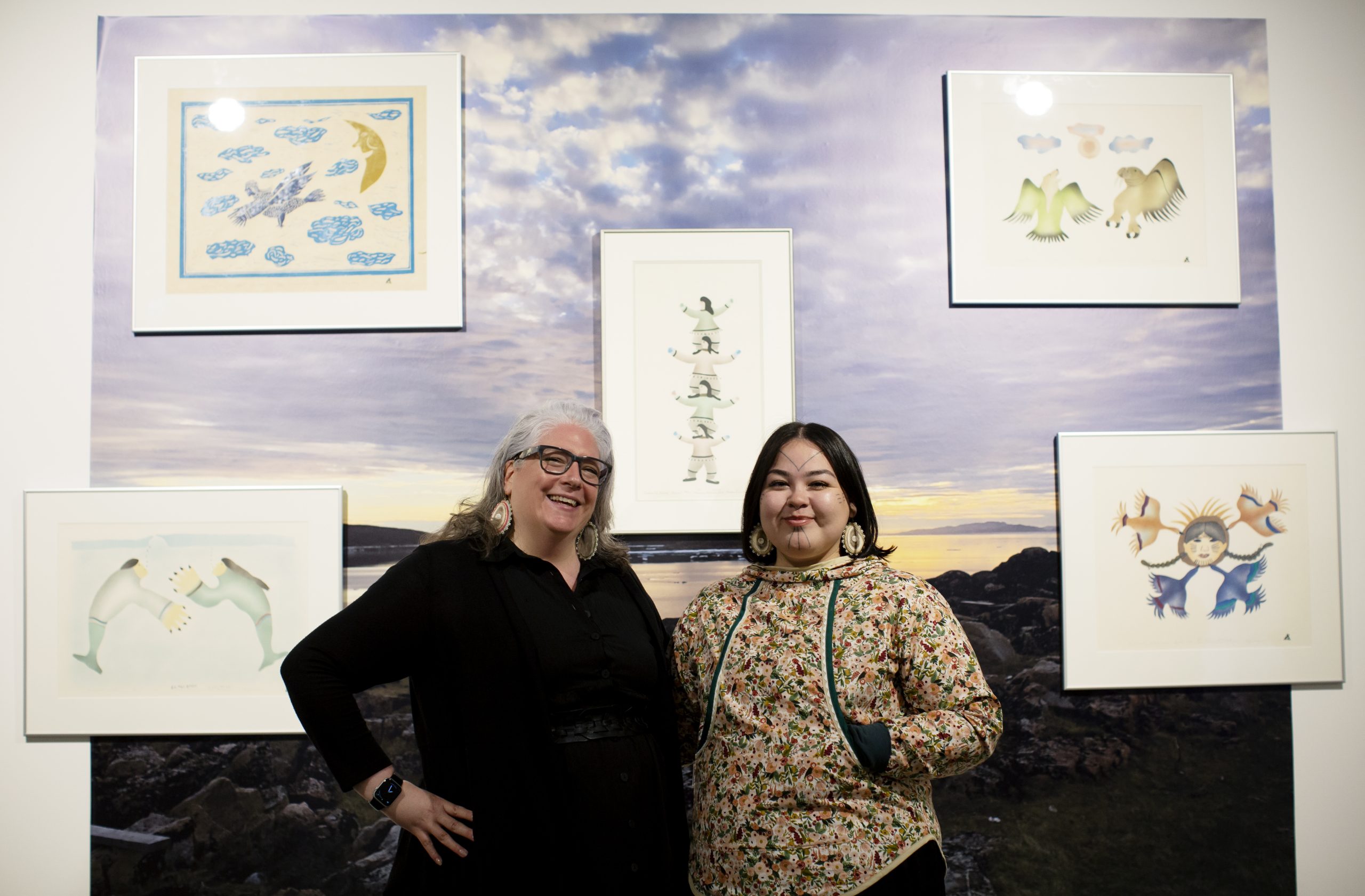
Echo Lines Installations Ottawa 2025, Photography Credit: Tracey Lynne Photography
Echo Lines: Curatorial Mentorship Program
Kingunilialuk: greatly missed, your absence creates a presence
Curatorial Essay by Malaya Kisa-Knickelbein
A weaving of past and present, of tradition and transformation, Kingunilialuk (Ki-ngu-ni-lia-lu-k) is a personal mapping of family through visual art. My contemporary practice is rooted in the artistic expressions of my relatives, both living and those who have passed on. Their hands, their stories, and their visions echo through my work, guiding and shaping it. Each piece carries the presence of family, reflecting the ways our creative practices continue to connect us across time and distance. Through this exhibition, I honour the lineage I come from and chart a path forward that remains grounded in Inuit identity, memories, and artistic traditions.
My mother, my grandmother and I brainstormed a handful of different Inuktitut words to name this project. Kingunilialuk, which most closely translates to greatly missed or your absence creates a presence, resonated as the chosen artworks were mainly by family members who left such a significant impact on us, that their absence truly has created a presence in our community. Kingunilialuk can be understood across the dialects of Inuktitut in Nunavut.
The exhibition has been organized into three groups to illustrate the interconnectedness of family through the visual arts: Prints by my grandmother’s siblings are displayed over a photograph of Ikirasaq; my grandmother’s prepared sealskins are stretched on frames and hung on the wall; And two gifted qulliit (oil lamps) by my great-uncle and his daughter rest alongside a mirror engraved with the exhibition’s title. Tying it all together, when you stand in front of the engraved mirror, you’re able to see the reflection of ikirasaq and printworks behind you which echo each other’s energy.
Ikirasaq (i-ki-ra-sa-q) in Inuktitut means “channel/water between two islands” and there are many located around Nunavut! Short, long, narrow. ikirasaq reminds me of island hopping. Ikirasaq is also an island located outside of Panniqtuuq, Nunavut, where my grandparents have gone camping since I can remember. I grew up spending a handful of summers at Ikirasaq. We’d sit and wait for seals to pop up, enjoy fresh inuksuit (traditional food) caught by my ittukuluk (Grandfather) or anga (Uncle), go hiking around the island, adopt baby rabbits, play baseball or string games, and so much more. It’s truly one of my family’s happy places.
I took this photo of Ikirasaq during my last camping trip there in 2018; it brings me a lot of comfort. These prints are important to me as the artists are my grandmother’s siblings who have greatly inspired my artistic growth from a young age: Annie Pitsiulak, Lypa Pitsiulak, Ananasie Alikatuktuk, Alan Alikatuktuk and Thomasie Alikatuktuk.
My grandmother and her siblings all contributed to the Panniqtuuq Print Shop. Established in 1969, with government support and financial assistance, the shop was part of the Canadian government’s initiative to create employment opportunities in developing Inuit communities. Under the auspices of the Uqqurmiut Centre for Arts and Crafts, the Shop published its first collection of limited-edition prints in 1973. The Uqqurmiut Centre remains operational today.
The five prints are installed over the photograph to highlight and map the featured elements of land, water, and sky. For instance, Ananasie highlights the ocean and its sea creatures, whereas Thomasie places greater emphasis on land-based activities, such as gathering and hunting. Their print stories differ significantly, yet their work shows stylistic similarities.
The two sealskins in the exhibition were prepared by my grandmother, Saila, over the past year from seals harvested by my grandfather and uncle. Though Saila claims she isn’t an artist like her siblings, but I truly believe she is. The care, knowledge, and patience needed to clean, stretch, scrape, and soften sealskin is genuinely remarkable. She often makes clothing out of the sealskins for herself and our family to keep us warm while out on the land. In preparation for the exhibition, the skins were softened on site at L’Imagier as a group and stretched onto innirvik (stretching frames) made by Donovan Gordon-Tootoo, an Inuk community member from Rankin Inlet, based in the Ottawa area.
The mirror, titled after the exhibition and written in Inuktitut syllabics, signifies a new direction in my artistic practice as I translate my tattooing techniques into etchings on mirrored surfaces.
Of the two qulliq, the one made by Malaya Pitsiulak was given to me by my mother for my high school graduation. Malaya is my atikuluk, which translates to “precious namesake” in Inuktitut. She was taught how to carve by her father, Lypa, and you can see the similarities and differences between their techniques. The qulliq made by Lypa Pitsiulak was given to my mother by him before he passed away. Lypa was a well-known carver and a full-time artist for as long as I can remember.
I wanted their carvings to be included in the space to demonstrate how art practices are passed down through generations, as well as to showcase Inuit Qaujimajatuqangit (Inuit ways of being). One of our IQ Values is Pilimmaksarniq (Pi-lim-mak-sar-ni-q), which translates to the development of skills through observation, mentoring, practice, and effort.
The opportunity to curate this exhibition under Linda Grussani’s mentorship, generously offered by the ICCA’s Curatorial Mentorship Program, embodies these principles of Pilimmaksarniq, where Kingunilialuk: greatly missed, your absence creates a presence, was brought to life through hands-on mentoring and collaborative practice. We hope you enjoy the exhibition.
Qujannamiik / Mìgwech / Thank you
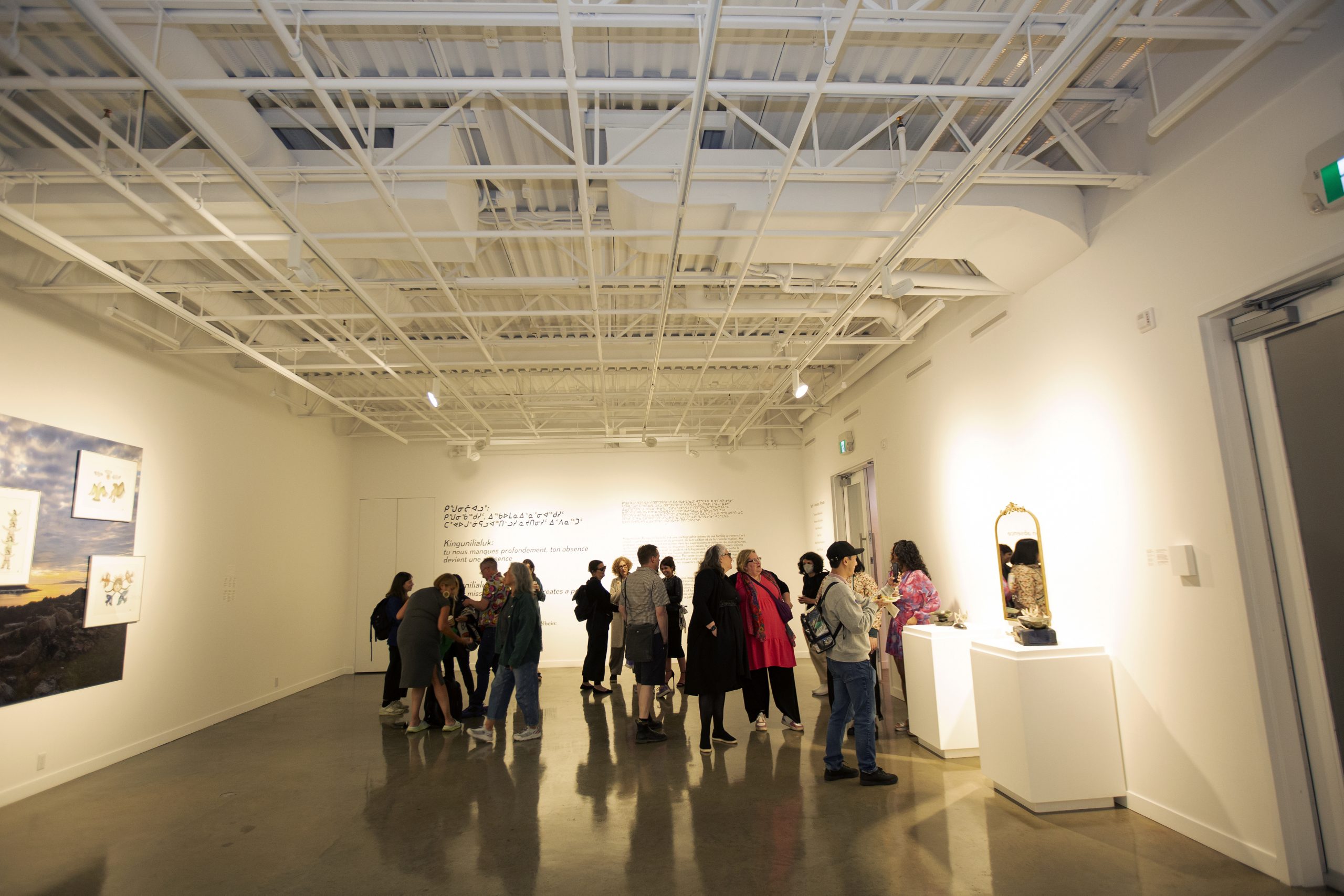
Echo Lines Installations Ottawa 2025, Photography Credit: Tracey Lynne Photography
List of Artworks
Malaya Kisa-Knickelbein (Iqaluit, 2002)
Ikirasaq, 2018 (reprinted 2025)
digital photograph on vinyl, 7’ x 9’
Private collection
Alan Alikatuktuk (Paallavvik, 1955-2011)
Astonishing Dream, 2005
linocut on paper, 35/35, 54.5 x 66 cm
Private collection
Ananaisie Alikatuktuk (Paallavvik, 1944-2007)
Meeting at the Seal Hole, 1999
stencil on paper, 9/50, 43 x 63.5 cm
Private collection
Thomasie Alikatuktuk (Paallavvik,1953-2009)
Dreams of Flying, 1995
stencil on paper, 20/35, 69 x 43.5 x 2.5 cm
Indigenous Art Collection, Crown-Indigenous Relations and Northern Affairs
Canada
Lypa Pitsiulak (Illutalik, 1943-2010)
Duelling Shamans, 2003
stencil on paper, 34/50, 40.5 x 56.5 cm
Private collection
Annie Pitsiulak (Paallavvik, 1950-2024)
Birds Greeting the Tattoo Woman, 2002
stencil on paper, 17/35, 49 x 56.5 cm
Private collection
Saila Kisa (Paallavvik, 1940)
Sealskin, 2024
Sealskin (105 x 76 cm), wood, string
Private collection
Saila Kisa (Paallavvik, 1940)
Sealskin, 2025
Sealskin (92 x 80 cm), wood, string
Private collection
Malaya Kisa-Knickelbein (Iqaluit, 2002)
Kingunilialuk, 2025
etched framed mirror, 24” x 36”
Private collection
Malaya Pitsiulak (Upirngivik, 1983)
Traditional Oil Lamp with irngautik and Taqqutik, 2021
soapstone, serpentine, and caribou antler, 25.4 cm x 12.7 cm
Private collection
Lypa Pitsiulak (Illutalik, 1943-2010)
Traditional Oil Lamp, irngautik, taqqutik, 2002
soapstone, serpentine, caribou antler, and wood, 35.56 cm x 19.05 cm
Private collection
Curatorial Mentee
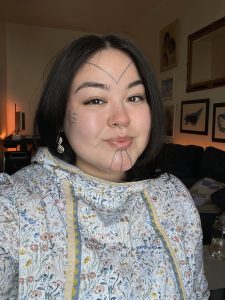 Malaya Kisa-Knickelbein (they/she) is a young Inuk artist born in Iqaluit and raised through the three regions of Nunavut. They showcase their culture through art, an important aspect in all their work, as they continue their family history of artists.
Malaya Kisa-Knickelbein (they/she) is a young Inuk artist born in Iqaluit and raised through the three regions of Nunavut. They showcase their culture through art, an important aspect in all their work, as they continue their family history of artists.
Malaya is both self-taught and community-taught; with expertise in beadwork, traditional tattooing, digital art, printmaking, and painting. They grew up inspired by family members who were printmakers and seamstresses in Pangnirtung, as well as by the multidisciplinary craft techniques learned throughout their education. Malaya is dedicated to developing a unique artistic voice that is contemporary yet incorporates traditional elements and imagery. They aspire to use their artistic production to help fundraise for various community programs. In their spare time, Malaya enjoys spending time on the land with family and friends, learning new artistic techniques and practicing their Inuktitut
Curatorial Mentor
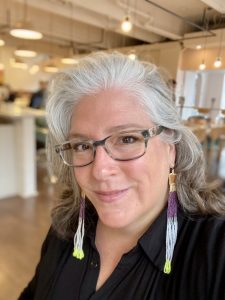 Linda Grussani (Kitigan Zibi Anishinabeg/Italian ancestry) is a curator, art historian, and arts administrator born, raised, and living on Anishinàbe Akì in the Ottawa area. Over the past two decades, Grussani has dedicated her work to advancing Indigenous arts and culture, advocating for positive structural change, and promoting Indigenous cultural diplomacy. She has served in various roles, including as the Curator of Aboriginal Art at the Canadian Museum of History, Director of the Indigenous Art Centre for Crown-Indigenous Relations and Northern Affairs Canada, and several curatorial positions at the National Gallery of Canada.
Linda Grussani (Kitigan Zibi Anishinabeg/Italian ancestry) is a curator, art historian, and arts administrator born, raised, and living on Anishinàbe Akì in the Ottawa area. Over the past two decades, Grussani has dedicated her work to advancing Indigenous arts and culture, advocating for positive structural change, and promoting Indigenous cultural diplomacy. She has served in various roles, including as the Curator of Aboriginal Art at the Canadian Museum of History, Director of the Indigenous Art Centre for Crown-Indigenous Relations and Northern Affairs Canada, and several curatorial positions at the National Gallery of Canada.
Grussani is a doctoral candidate in the Cultural Studies program at Queen’s University, focusing on research that examines the impact of recommendations, policies, and methodologies on Indigenous and institutional relationships in museums and galleries in Anishinàbe Akì over the past 50 years.
In addition to her professional work, Grussani is actively involved in various boards and committees. She serves on the Board of Governors for Carleton University, the Inuit Art Foundation’s Board of Directors, and the Indigenous Advisory Circle of the Agnes Etherington Art Gallery at Queen’s University. She is also a member of the Indigenous Archives Gathering Steering Committee for Archive/Counter-Archive at York University and the North American Cultural Diplomacy Initiative at Queen’s University.
As an independent curator, her current project is a two-part exhibition series titled Mawadishiwewin (Visits). This series, which will be on display at Onsite Gallery (OCAD U) throughout 2024, explores connections made by visiting, creating, and sharing and features solo exhibitions of the work of artists Taqralik Partridge and Jean Marshall.
The curatorial essays presented as part of Echo Lines are supported by the Indigenous Curatorial Collective / Collectif des commissaires autochtones (ICCA) through its Curatorial Mentorship Program. This program fosters mentorship between emerging and established Indigenous curators, encouraging collaborative exhibition-making, research, and critical writing rooted in Indigenous knowledge systems and collective practice. Through Echo Lines, participants co-developed new exhibitions and essays that reflect intergenerational dialogue, cultural continuity, and the diverse curatorial voices shaping the future of Indigenous contemporary art.

